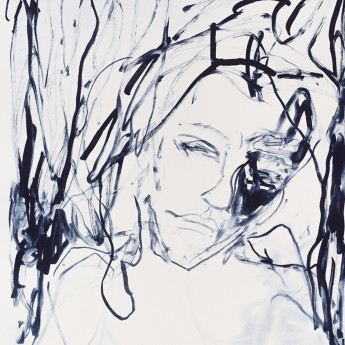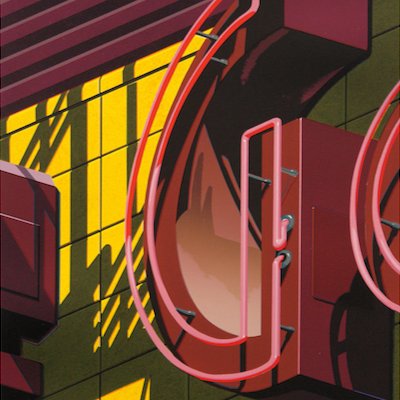
Details
Artist
Styles
// East River, New York by Richard Estes is a detailed serigraph from 1989 that captures a view of New York City’s iconic Brooklyn Bridge and the surrounding skyline. Rendered in Estes’ signature photorealistic style, the print showcases meticulous detail in the architecture, the shadows cast by the buildings, and the reflections on the water. The composition includes a bright sky with soft clouds, adding depth and contrast to the structured forms of the cityscape. Estes' work often reflects the urban environment with clarity and precision, and this piece offers a serene yet dynamic view of the bustling city, encapsulating a moment of calm within the metropolis.
East River, New York, 1989
form
Medium
Size
45 x 30.5 cm
- Inches
- Centimeters
Edition
Price
Details
Artist
Styles
// East River, New York by Richard Estes is a detailed serigraph from 1989 that captures a view of New York City’s iconic Brooklyn Bridge and the surrounding skyline. Rendered in Estes’ signature photorealistic style, the print showcases meticulous detail in the architecture, the shadows cast by the buildings, and the reflections on the water. The composition includes a bright sky with soft clouds, adding depth and contrast to the structured forms of the cityscape. Estes' work often reflects the urban environment with clarity and precision, and this piece offers a serene yet dynamic view of the bustling city, encapsulating a moment of calm within the metropolis.
What is Hyper-realism?
Hyperrealism is a genre of sculpture and painting that closely resembles high-resolution photographs. It is an evolution of Photorealism and is often applied to an independent art style or movement that became prominent in Europe and the United States in the early 2000s. Hyperrealist artists focus on extreme detail and precision, creating works that are often indistinguishable from real-life images.











